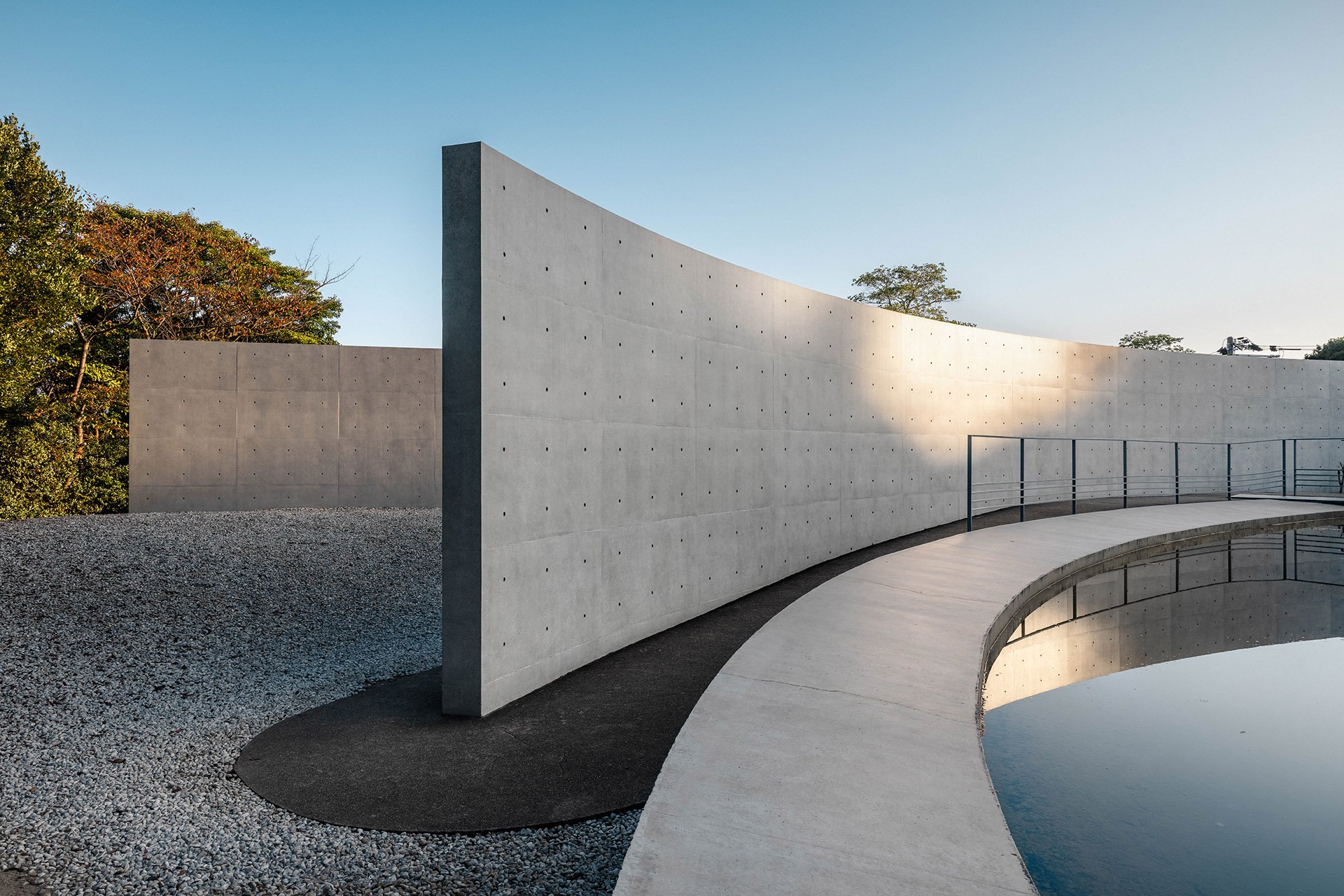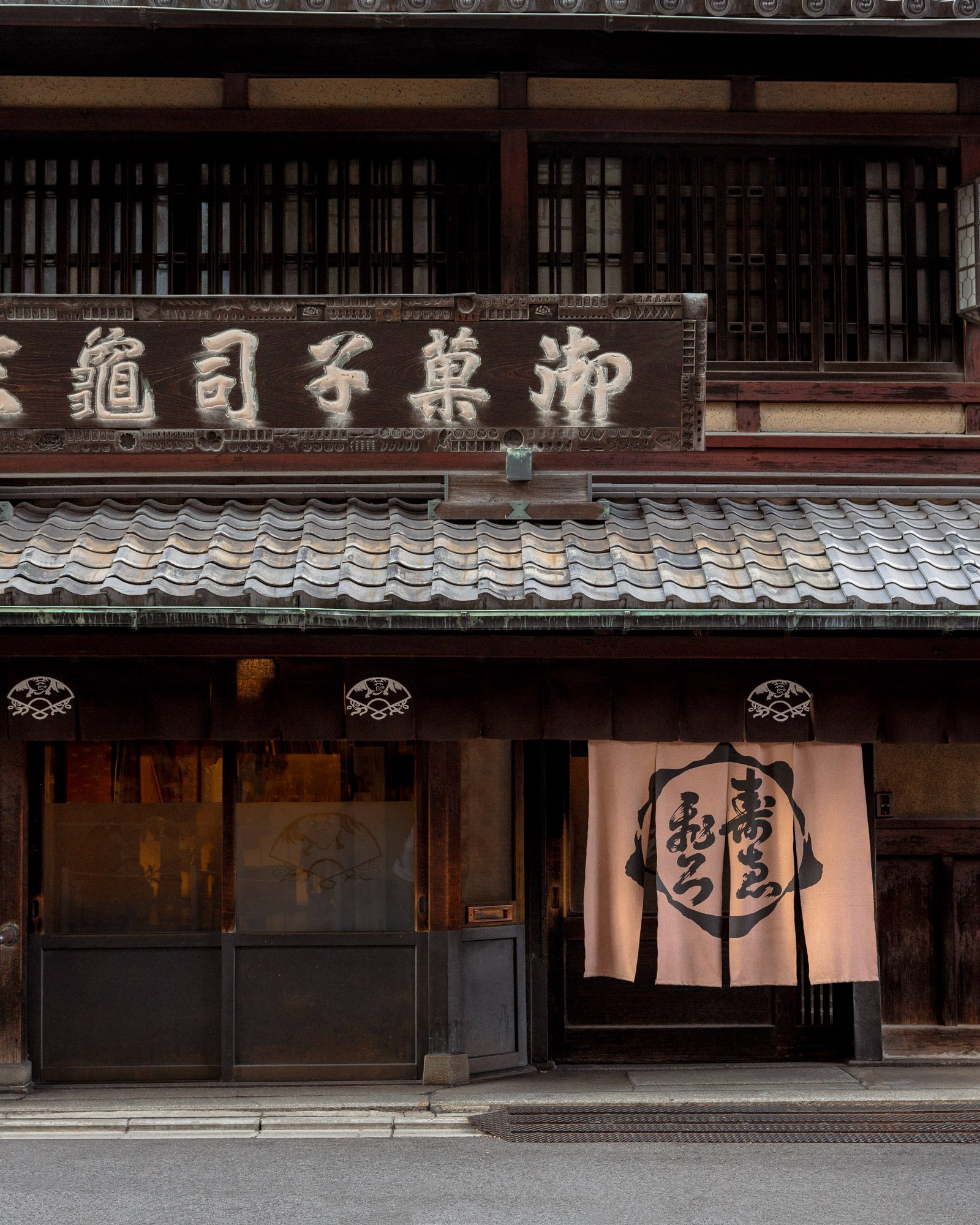The Nature Lover’s Guide to the Japanese Alps
Since moving to Japan in 2019, I have travelled to all corners of the country, built a portfolio of leading Japanese tourism boards, remote hotels and recently published my brand new travel guidebook encouraging you to explore Japan like a local. One region I have returned to time and again is the central region of the Japanese Alps. The Japanese Alps is a series of mountain ranges spanning the central prefectures of Nagano, Niigata, and Gifu. Get to know local snow monkeys and hike through ancient sacred forests in Nagano, visit traditional thatched-roofed villages in Gifu and visit a newly regenerated suburb offering world-class art and architecture in Niigata on this rural Japanese adventure.
Togakushi Shrine
Togakushi Shrine is a sacred place consisting of lower, middle, and upper shrines. From the lower shrine’s torii gate, stairs lead to the praying hall, followed by an ascent to the middle shrine. You can reach the upper shrine, perched on Mount Togakushi, via a tree-lined path or a trail passing by Kagamiike. As you ascend the stairs from the torii gate of the lower shrine, the air becomes infused with the earthy scent of the surrounding forest. The steps, weathered by time and countless footsteps, are dressed in green by moss and delicate ferns – a beautiful sight, but please be careful if the weather is wet.
Discover more about the Japanese Alps and hundreds of other unique destinations in my brand new guidebook, Views from Japan.
Jigokudani Yaen Koen
Encounter another side of nature by visiting Jigokudani Yaen Koen, where Japanese snow monkeys bathing in the park’s natural hot springs to keep warm in the harsh winter climate. Inside the larger Joshinetsu-Kogen National Park is Jigokudani, or hell valley–named for its cliffs and billowing steam. Home to various wildlife, venture out further to get a feel for their natural habitat and stay in the onsen towns of Shibu and Yudanaka famous for their beauty and health benefits. The monkeys themselves are used to having people around, and so visitors can get quite close, just make sure to always be respectful as these are wild animals in their own habitat.
Related post: The Best Times to Visit Japan: A Month by Month Guide
Kamikochi
Known as the Crown Jewel of the Japanese Alps, Kamikochi showcases the untouched beauty of Nagano’s Azusa River Valley, flanked by thick forests and hiking trails. The Azusa River’s crystal clear waters flow through the Kappa Bridge, marking the starting point for various trails such as the Taisho Pond loop, as well as multi-day trails on offer, including Mt. Nishi-Hotaka and Mt. Kita-Hotakadake. In order to protect the natural landscape, private cars are not permitted from Kamikochi, and access is only possible by bus or taxi.
Pro tip: The Kamikochi area is open from April 17 until November 15 and shuts down during winter, so be sure to plan accordingly.
Please note: There have been several bear sightings throughout summer 2024. Please make sure to check all safety requirements and act with caution when hiking in Nagano. For more information on how to deal with wild brown bears, click here.
Shirakawa-go
Known for its traditional thatched-roofed farmhouses, Shirakawa-go and Gokayama line the remote mountainous region of the Shogawa River Valley. The ancient Gassho-zukuri houses are designed to withstand heavy snowfall in the winter months and visitors can even stay overnight in some now used as guesthouses. Easily accessible from both Takayama and Kanazawa, the UNESCO World Heritage sites make for great day trips or overnight stays.
Pro tip: Head up to the Shiroyama Viewpoint for a panoramic view across the Shirakawa-go valley.
Looking for travel guides and itineraries? Subscribe to the weekly Views from Japan newsletter here.
Takayama
Commonly referred to as Hida-Takayama, this small historic city in the mountainous Gifu region is a gateway into Japan’s traditional past. Start your day early and visit one of the morning markets, walking across town to the Hida-no-Sato Folk Village Museum. While there are local festivals in spring and autumn, their ceremonial items are exhibited at the Matsuri no Mori and Yatai Kaikan museums. The area’s immaculately preserved old town is one of Japan’s finest and features wooden Edo-period architecture lining the streets. Takayama does not attract swathes of tourists like other traditional areas, and is the perfect place to experience tradition and nature, alongside the local dish: world-class Hida beef.
Check out the latest deals and availability on hotels in Takayama.
Nakasendo Trail
Nestled in the mountains of Gifu Prefecture, Magome-juku offers a step back in time along the historic Nakasendo Trail, a centuries-old route once traversed by feudal lords and samurai. As you walk the cobblestone path, the scent of freshly roasted chestnuts mingles with the crisp mountain air, while traditional wooden inns line the streets, their weathered facades whispering stories of travelers past. The trail itself winds through lush forests and terraced fields, revealing sweeping views of the Kiso Valley that are both serene and hauntingly beautiful. It’s a journey that connects you not just to Japan’s storied past, but to the quiet, enduring spirit of its rural landscapes.
Hakuba
Discover a new side to Hakuba besides winter–the town below offers a chance to slow down and take in the scenic mountains that have a lot to offer. In spring, cherry trees bloom and rivers swell, creating the perfect conditions for river rafting, and in autumn, gondolas take over the mountainside for a different perspective. From the stations in between, hike to Happo Pond or explore the Hakuba Goryu Alpine Botanical Gardens. The last stop is Hakuba Iwatake Mountain Resort, offering different ways to experience the panoramic view, have a drink, grab a bite, kick back, and relax.
Check out the latest rates and availability on hotels in Hakuba.
Where to Stay
Takahan Ryokan
This family-owned ryokan in Niigata’s snow country had a history dating back over a century. 36 guest rooms feature a mix of tatami floors and traditional Japanese layouts, and western-style rooms with panoramic views of Yuzawa town below. The hotel’s natural onsen is the real show-stopper. Dating back over 900 years, the hot spring water flows just as it did many centuries ago. The in-house restaurant serves locally-sourced cuisine including fresh seafood from the nearby Sea of Japan, and local meat and vegetables.
Learn more about Takahan Ryokan.
Lime Resort Myoko
Just two hours from Tokyo, in the Myoko Kogen area, Lime Resort Myoko is closely connected to many of Nagano and Niigata’s outdoor activities across the four seasons. The modern ryokan design features a ground floor coffee shop, Library Bar, indoor and outdoor onsen and an in-house restaurant, Lime Kitchen, serving a buffet breakfast and dinner. The hotel also offers wellness programmes including yoga lessons and body conditioning.
Book Lime Resort Myoko.
Best Time to Visit
The best time to visit the Japanese Alps, including Nagano, Niigata, and Gifu prefectures, is during spring (April to May) and autumn (September to November). Spring offers mild temperatures ranging from 10-20°C, ideal for cherry blossom viewing and exploring the lush landscapes. Autumn brings comfortable temperatures of 10-25°C and stunning foliage among the region’s mountains, valleys and countryside scenery. Winter is popular for skiing and snowboarding and brings colder temperatures averaging sub-zero temperatures and some of the world’s heaviest snowfall.
Getting Around
To reach Japan’s central alps region, consider taking the Shinkansen bullet train from Tokyo to Nagano, where you can easily access other areas. Once in Gifu and Nagano, car rental is the best recommended option to enjoy maximum flexibility, and to experience the region’s mountain roads and scenery. Local trains and buses are available but infrequent.
Affiliate Disclosure: Please note this post may contain affiliate links. By purchasing via these links, I may earn a small commission at no additional cost to you. It’s a big help to keep this site up and running and I only promote products and services that I personally use and trust. Thanks!
Are You Ready to Discover Japan, Minus the Crowds?
Are you tired of seeing the same over-crowded locations in Japan? I’ve spent five years exploring all corners of the country and now reveal everything I have learnt in my brand new travel guidebook. In Views from Japan, I take you on a journey through unique architectural destinations, under-the-radar neighbourhoods and timeless countryside hotels, as well as revealing my most trusted insider travel tips and so much more.


















